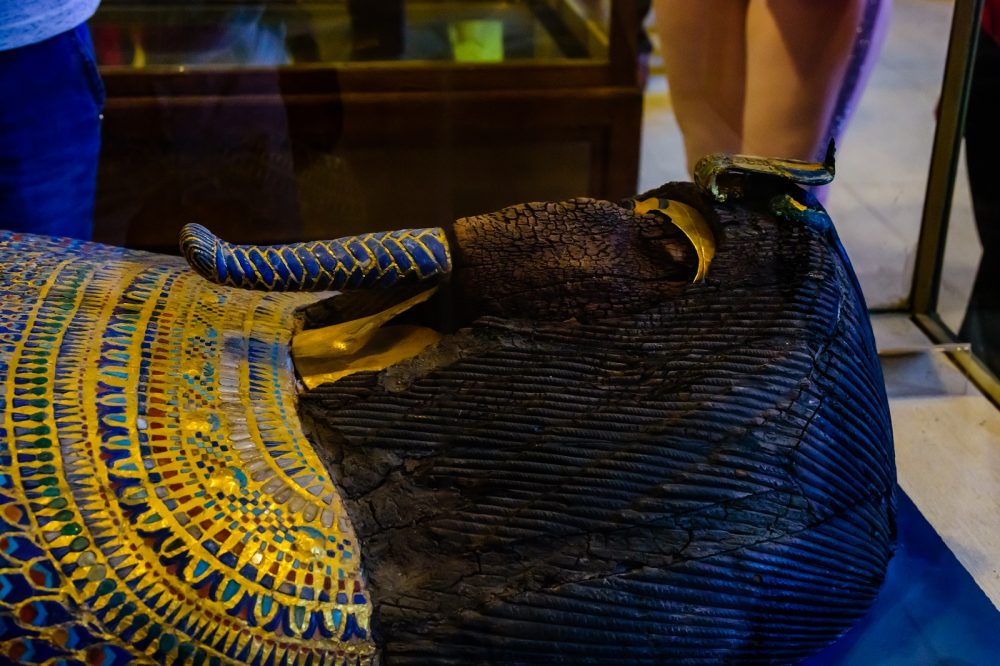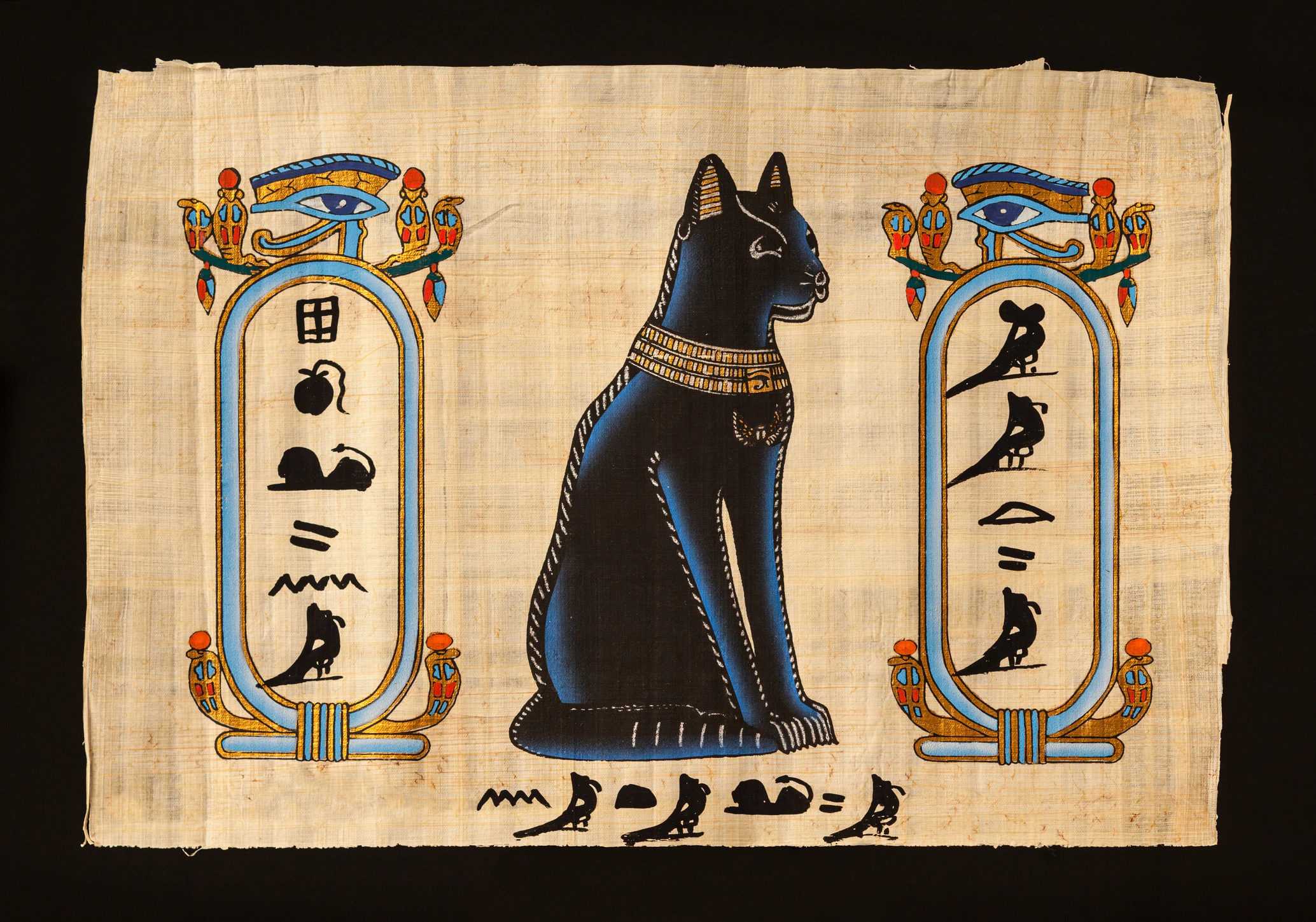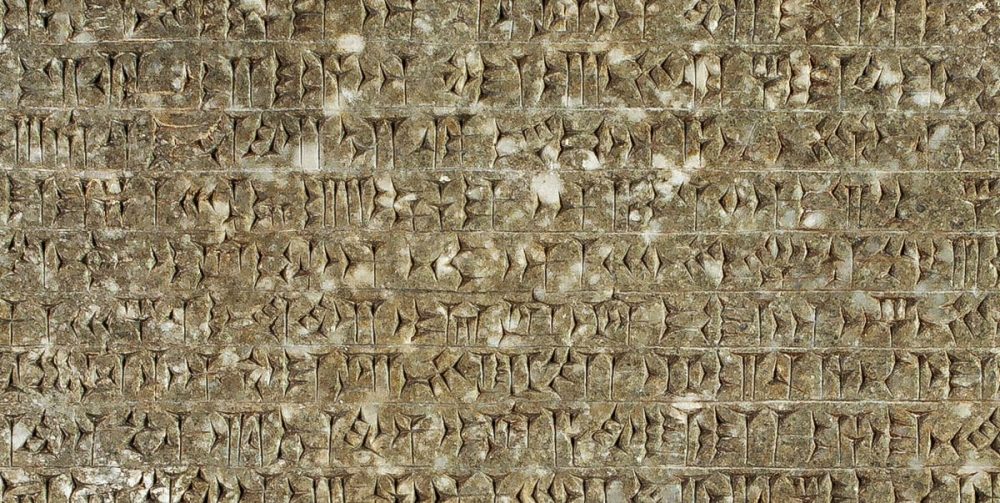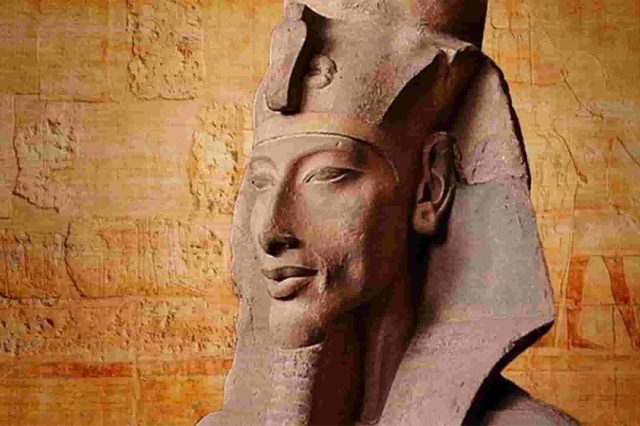"There’s “magic” buried beneath Egypt’s golden sands."
The Ancient Egyptian civilization rightfully holds a place in the list of the most advanced, sophisticated, and developed civilizations of ancient times. Ancient Egypt was a land unlike any other. Its hot desert sands saw thousands of years of history pass by, witnessing the construction of some of the greatest architectural and engineering wonders of ancient times. Egypt’s sands hold the answer to our questions. If only these sacred sands could talk, what secrets they might spill. The civilization developed, advanced, and eventually, as with all others, it declined, as its history was slowly buried, awaiting to be uncovered again.
And slowly, piece by piece, scholars have attempted to unravel the mysteries of the land of the pharaohs. For hundreds of years, experts from across the entire planet traveled to Egypt hoping to reconstruct some of its longevous histories. We made many discoveries and learned many things about Egypt through these finds.
But although we have made stunning, history-changing discoveries in the past and continue to make them presently, we’ve still only managed to uncover a small, insignificant part of the true wonders of ancient Egypt. But progress is made each day. Exploring and digging are hard. Nonetheless, archeologists have discovered many ancient Egyptian wonders hidden beneath the golden sands. This article looks at 5 of the most perplexing discoveries made beneath Egypt’s Golden Sands.
A town that predates the Pharaohs
In 2018, it was reported that an archeological mission working in Egypt’s Nile Delta discovered the remains of an ancient town that predates the Pharaohs. The settlement (Tell el-Samara), which dates back to around 5,000 BC, is considered one of the oldest settlements ever discovered in Egypt and indicates that humans lived in the area more than 7,000 years ago. This means that the settlement not only predates the very first Egyptian pharaoh but it means that it also dates back to a time before the Pyramids of Egypt were built.
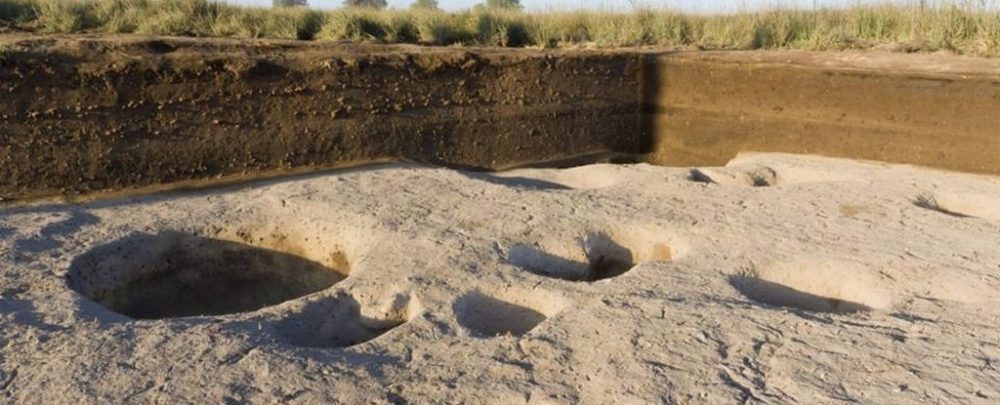
The remains of the ancient settlements were preserved beneath the sands of Egypt for thousands of years. “Analyzing the biological material that has been discovered will present us with a clearer view of the first communities that settled in the Delta and the origins of agriculture and farming in Egypt,” revealed 2018 Nadia Khedr, a ministry official responsible for Egyptian and Greek and Roman antiquities on the Mediterranean.
Sandstone Sphinx from Aswan
2018 was a stunning archeological year in Egypt, as many important discoveries were made. An archeological mission reported excavating an impressive, well-preserved sandstone Sphinx statue, During excavations at the Kom Ombo Temple in Upper Egypt’s province of Aswan. In recent years, the uncovered Sphinx is considered one of the better-preserved Sphinx statues.
A Sphinx Workshop
Of the five discoveries made beneath Egypt’s golden sands, this is perhaps one of my favorites. When Amenhotep III, the grandfather of King Tut, ruled over Egypt, researchers discovered a Sphinx workshop at the archeological site of Gebel el-Silsila. The workshop most likely dates back to the 18th Dynasty of ancient Egypt.
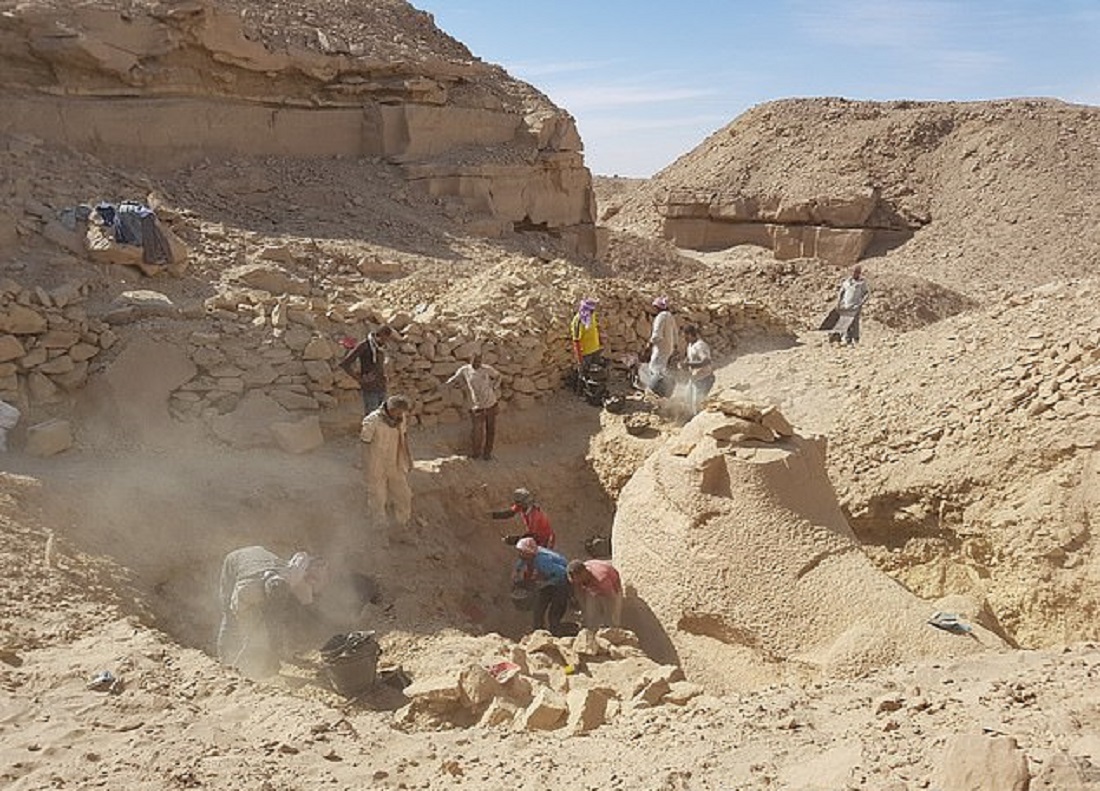
The archeologists discovered numerous unfinished sculptures inside the workshop, among them a ram-headed Sphinx chiseled from stone in the distant past. As the workshop was forgotten, so were its contents. Researchers believe that th ram-headed Sphinx was most likely commissioned by Amenhotep III and remained forgotten for more than 3,000 years when archaeologists excavated it.
Khufu’s Ship
In the footsteps of the pyramid, back in 1954, a man called Kamal el-Mallakh came across wooden remains. The discovery eventually became one of the greatest finds in history. El Mallakh had found the remains of a ship buried in the sand. But this was no ordinary vessel. The ship remained buried beneath Egypt’s golden sands since it was sealed into an ancient pit carved from the Giza bedrock more than 4,500 years ago.
Studies would eventually reveal that the wooden pieces belong to a Solar Boat, specifically Khufu’s Solar Boat. It is one of the oldest, largest, and best-preserved vessels ever found in Egypt. Described as a masterpiece of ancient woodcraft and shipbuilding, researchers say that the ship could still sail today.
An ancient Labyrinth
Writers of antiquity, like Herodotus, Strabo, and Pliny the Elder, wrote about an intricate labyrinth. But although mentioned in ancient texts, scholars had long maintained that the labyrinth was just another myth.
Herodotus explained:
“…it has twelve courts covered in, with gates facing one another, six upon the Northside and six upon the South, joining on one to another, and the same wall surrounds them all outside; and there are in it two kinds of chambers, the one kind below the ground and the other above upon these, three thousand in number, of each kind fifteen hundred. The upper set of chambers we ourselves saw;… but the chambers underground we heard about only… For the passages through the chambers, and the goings this way and that way through the courts, which were admirably adorned, afforded endless matter for marvel, as we went through from a court to the chambers beyond it, and from the chambers to colonnades, and from the colonnades to other rooms, and then from the chambers again to other courts.”“Over the whole of these is a roof made of stone like the walls; and the walls are covered with figures carved upon them, each court being surrounded with pillars of white stone fitted together most perfectly; and at the end of the labyrinth, by the corner of it, there is a pyramid of forty fathoms, upon which large figures are carved, and to this, there is a way made underground. Such is this labyrinth.”
In 2008, the Mataha expedition set out to find the alleged labyrinth and prove to the world it was real. At an archeological site called Hawar, where the Pyramid of Amenemhat III, the last king of the 12th dynasty, stands in ruins, in 1889, William Petrie uncovered a massive stone plateau measuring 304m by 244m.
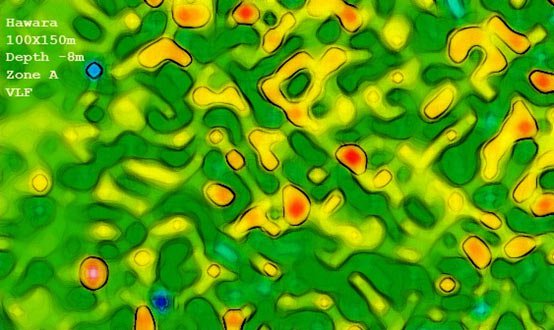
But what was thought to be the floor of a massive structure by Petrie was the roof of something much larger. The Mataha expedition found, using ground-penetrating radar, numerous rooms, and chamber halls with walls several meters thick. Their discoveries were published in the journal NRIAG, and the results were presented during a lecture at Gent University in October 2008.
Have something to add? Visit Curiosmos on Facebook. Join the discussion in our mobile Telegram group.

